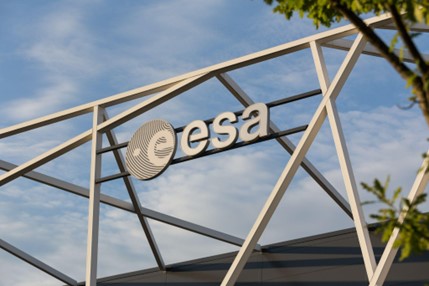European Space Agency, ESA
european space agency
ESA
Ever thought what is Europe’s gateway to space? It's the European Space Agency (ESA). In this article, we’ll be discovering quickly all about ESA!
What is the European Space Agency?
ESA is an intergovernmental organization that was established in 1975. The mission of this organization is to increase Europe’s space capability and make sure that the investment in space is beneficial for the citizens of Europe and the world.ESA made spacecraft, launchers and ground facilities to keep Europe on the top of the global space activities.
.jpg.aspx)
What Does ESA Do?
ESA’s function is to advance the European space program and then progress it through. The programs of the ESA are developed to find out more about the immediate space environment, find out more about Earth, the solar system and the Universe to develop satellite-based services and technologies to promote European Industries. Also, ESA also works closely with space organizations outside Europe.Furthermore, ESA aims to provide and promote exclusively peaceful purposes and encourage cooperation among the European states in space research and technology.
Which Countries are the Members of ESA?
Following are the countries that are the associate members of the ESA:Italy, Austria, Belgium, Denmark, Estonia, Finland, France, Greece, Norway, Hungary, Ireland, the Netherlands, Germany, Czech RepublicPoland, Luxembourg, Portugal, Romania, Spain, Sweden, Switzerland, Slovenia, Latvia, Lithuania and the United Kingdom.
Further, ESA has made a formal connection with six Member States of the EU. On the other hand, Canada also participates in some ESA programs under a Cooperation Agreement. By sharing intellectual and financial resources with the members, ESA can undertake activities and programs far beyond the entity of Europe.